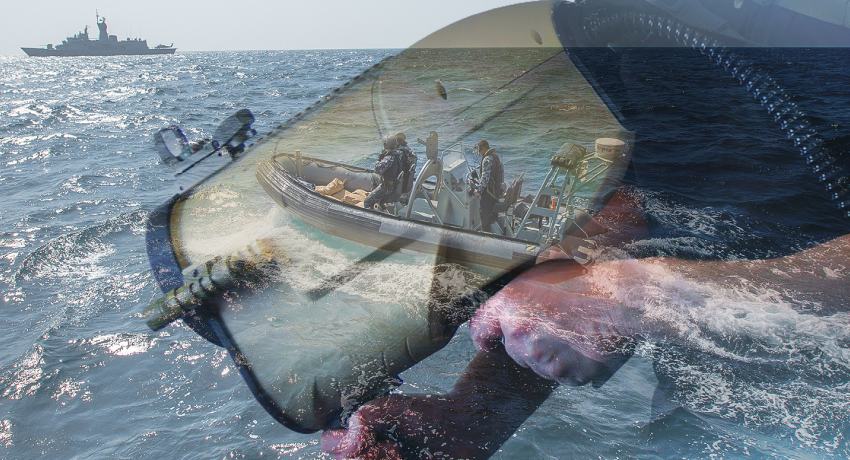The Defence Innovation Hub and Queensland-based EPE showcased the performance and functionality of a maritime Portable Raman Improvised Explosive Detector (PRIED) prototype at HMAS Coonawarra in Darwin.
EPE signed a $1 million contract with the Defence Innovation Hub in February 2018 to further develop the baseline PRIED system to enable its deployment in the maritime environment.
Warwick Penrose, director of EPE said at the time: "We’re proud to be working closely with Defence to develop this next-generation force protection capability for those members of the Royal Australian Navy performing hazardous boarding operations. This innovation has the potential to deliver a new paradigm in boarding operations enabling stand-off detection prior to boarding."
The maritime PRIED prototype’s objective is to provide increased awareness and protection through a ‘stand-off’ detection capability. This detection is for explosives, chemical warfare agents, narcotics and gases.
"The PRIED project recognises EPE’s long-term commitment and investment in building and developing sovereign force protection capabilities that help take Australian servicemen out of the danger zone. Our team delivers a broad spectrum of innovative force protection capabilities that are in service today with the ADF, NZDF as well as local and federal police and first responders," Penrose explained.
The technology was developed through a partnership between Queensland-based EPE and the Defence Innovation Hub.
The demonstration is a display of collaboration, with Australian innovators and ADF personnel working together in an effort to deliver the best innovation in defence capability.
Minister for Defence Industry Steven Ciobo said, "The coalition government is delivering the largest modernisation of the Australian Defence Force since the Second World War. We are investing $200 billion in our capabilities to not only keep Australia safe but to continue to grow our industry and economy."
The PRIED is based upon proven technology that until recently was only available as a vehicle mounted capability. The evolution of this into a man-portable version will enable lightweight, portable stand-off detection that is able to provide early warning and covert identification of explosive compounds in varying scenarios such as check points, venues, area, buildings and targets of interest.
Key features of the PRIED system include:
- Stand-off detection – get farther away from the threat toxic chemicals or blast;
- Speed – detect faster, farther and safer;
- Eye-safe- certified as zero-meter eye and skin hazard without eye protection;
- Exploitation – classification and real-time specific identification;
- Counter-explosives/force protection – military, commercial, and home made explosives;
- Counter-weapons of mass destruction/CBRN – chemical warfare agents, nuclear weapon processing & disablement;
- Counter-narcotics – heroin, cocaine, meth manufacturing;
- Solid, liquid and some gas detection; and
- Not ITAR restricted and ready for export.
EPE specialises in counter-IED, EOD, ECM and CBRN defence; counter-drone, intelligence, surveillance and reconnaissance technology; and also supports broader force protection, security and threat mitigation requirements.

 Login
Login







